There’s something uniquely devastating about losing a loved one to drowning. It’s often silent, it’s terrifyingly fast, and it almost always happens in a place that’s supposed to be fun—a community pool, a friend’s backyard, a summer camp, or a day at the beach. In the blink of an eye, a day of laughter and sunshine turns into a lifetime of grief. The worst part is knowing that it didn’t have to happen. The vast majority of drownings are not freak accidents; they are preventable tragedies caused by someone else’s negligence.
Fighting for families whose lives have been shattered by wrongful death in a drowning accident has been one of the cornerstones of our practice at The Killino Firm, a commitment we have honored for decades. We are knowledgeable in these harrowing and complex cases because we believe that property owners, businesses, and organizations must be held accountable when their carelessness leads to devastating consequences. We have seen firsthand how a broken pool gate, an inattentive lifeguard, or a lack of proper safety equipment isn’t just a minor oversight; it’s a fatal failure.
When you are coping with the sudden loss of a family member, the thought of a legal battle can feel overwhelming. You are grieving, you are in shock, and you are trying to figure out how to move forward. But taking legal action is often the only way to get the answers you deserve, to find out what truly happened, and to secure your family’s future. The property owner’s insurance company is not your friend. Their one and only goal is to protect their client and pay you as little as possible. Our goal is to fight for you.
Let’s break down how these tragic drowning cases work, in simple terms, so you can understand what happened and how your family can fight for the justice that you deserve.
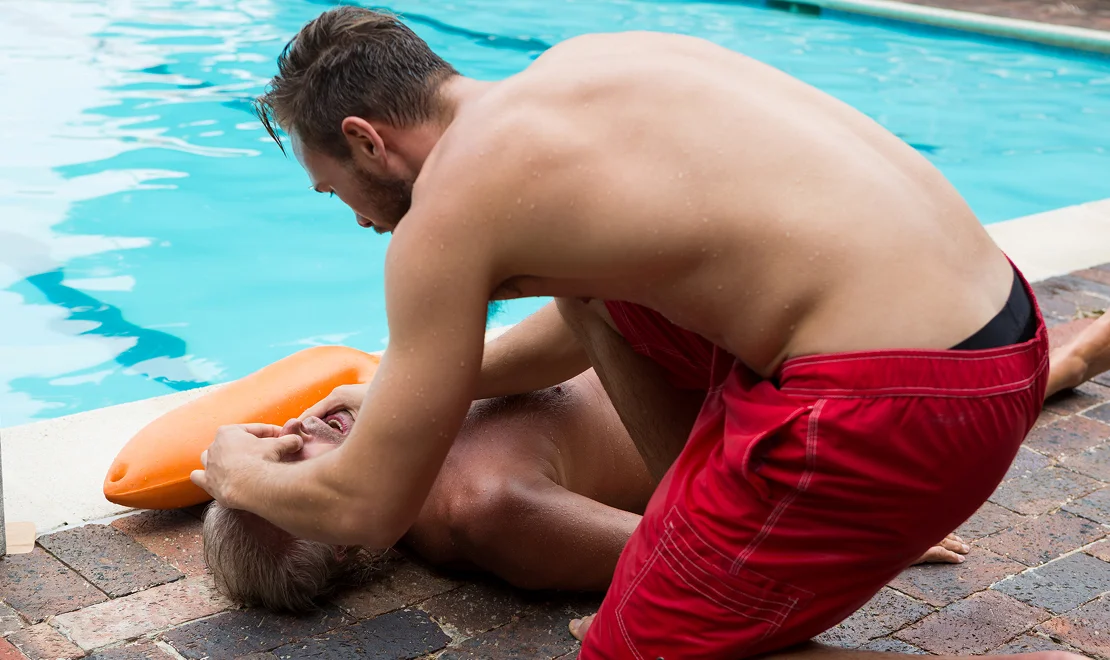

Drowning is a silent epidemic in the United States. It doesn’t get the same headlines as car crashes, but it is a leading cause of death, especially for children. The numbers are heartbreaking and paint a picture of a public health crisis that is not getting the attention it deserves.
According to the Centers for Disease Control and Prevention (CDC), on average, there are an estimated 4,000 fatal unintentional drownings in the United States each year. That’s about 11 deaths per day. For every fatal drowning, there are another 7 nonfatal drownings that result in emergency room care, many of which leave victims with permanent brain damage.
The Shocking Statistics Most People Don’t Know
Let’s go beyond the headlines and look at some of the data that reveals who is most at risk and where these tragedies are happening.
Understanding these statistics is the first step in understanding the legal concept of foreseeability. Property owners and organizations have a duty to anticipate these known risks and take reasonable steps to prevent them. When they fail, they must be held accountable. The best way to start is to find a wrongful death lawyer near me at our firm who is deeply familiar with these cases.
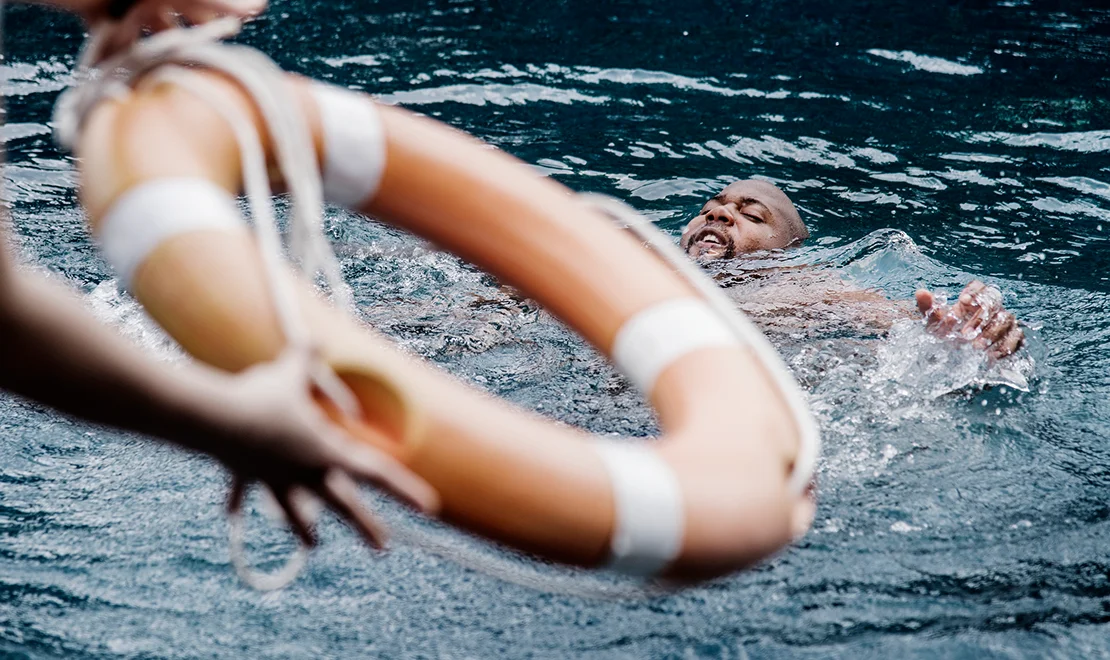

A fatal drowning can happen in any body of water, from a few inches in a bathtub to the open ocean. In a wrongful death lawsuit, the location of the drowning is critical because it helps determine who was responsible for ensuring safety. Our firm has experience investigating drownings in all types of settings.
In every one of these scenarios, the law says that the property owner or operator has a duty to protect people from foreseeable harm. This area of law is known as premises liability.
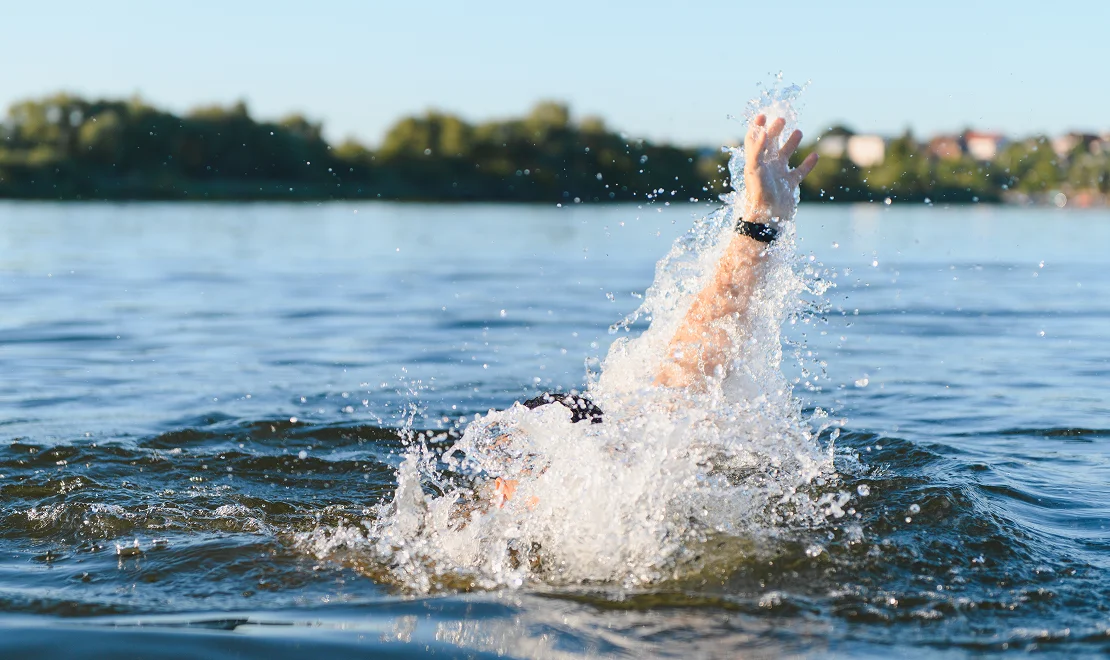

In our decades of experience handling these tragic cases, we have found that drownings are rarely “accidents.” They are almost always the direct result of a specific failure or a series of failures. Our job is to conduct a meticulous investigation to pinpoint exactly what went wrong and who is responsible.
Proving these failures requires a rapid and thorough investigation. We work with the nation’s leading aquatic safety experts, accident reconstructionists, and medical professionals to build an undeniable case on behalf of your family.
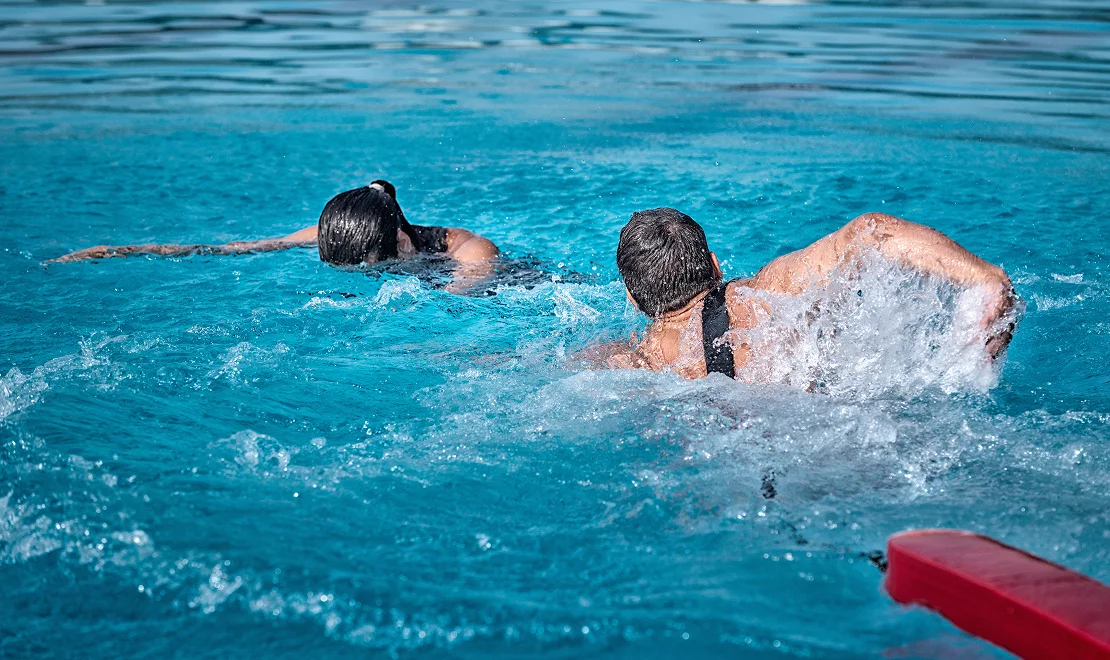

When a life is lost to drowning, we look to identify every single person or entity whose negligence contributed to the death. The law is designed to place the responsibility on those who had the power to prevent the tragedy.
The potential defendants in a drowning wrongful death lawsuit can include:
Finding the best path to justice for your family means casting a wide net to ensure that every party that shares the blame is brought to the table.

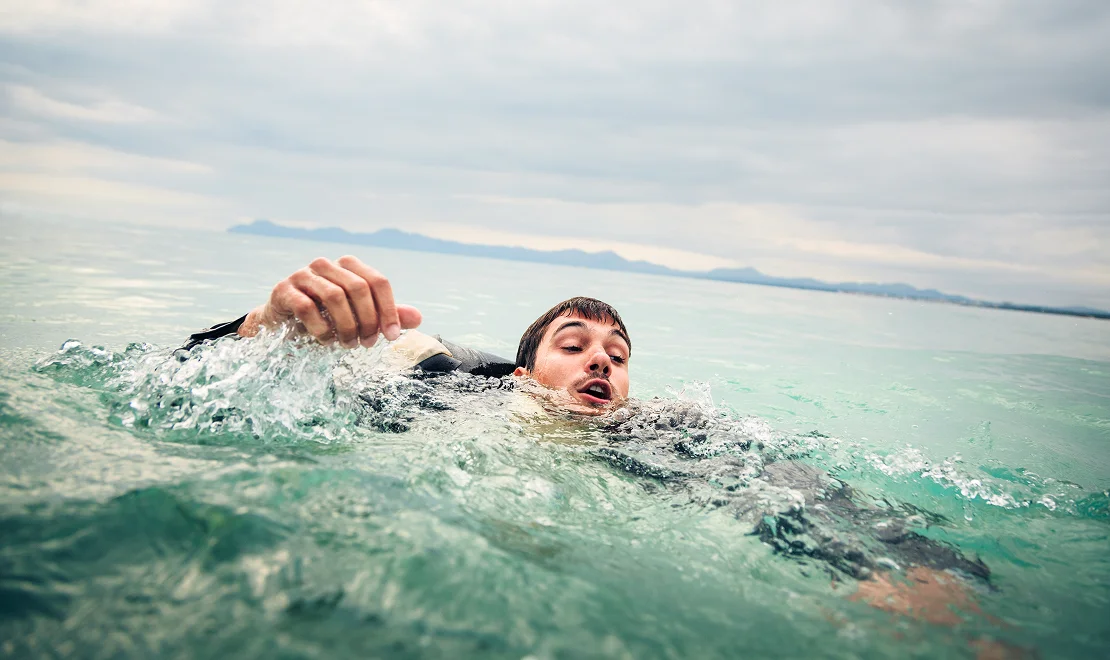
Key Takeaways
We understand that this is an overwhelming amount of information to process, especially during a time of intense grief. Here are the most important points for your family to remember:
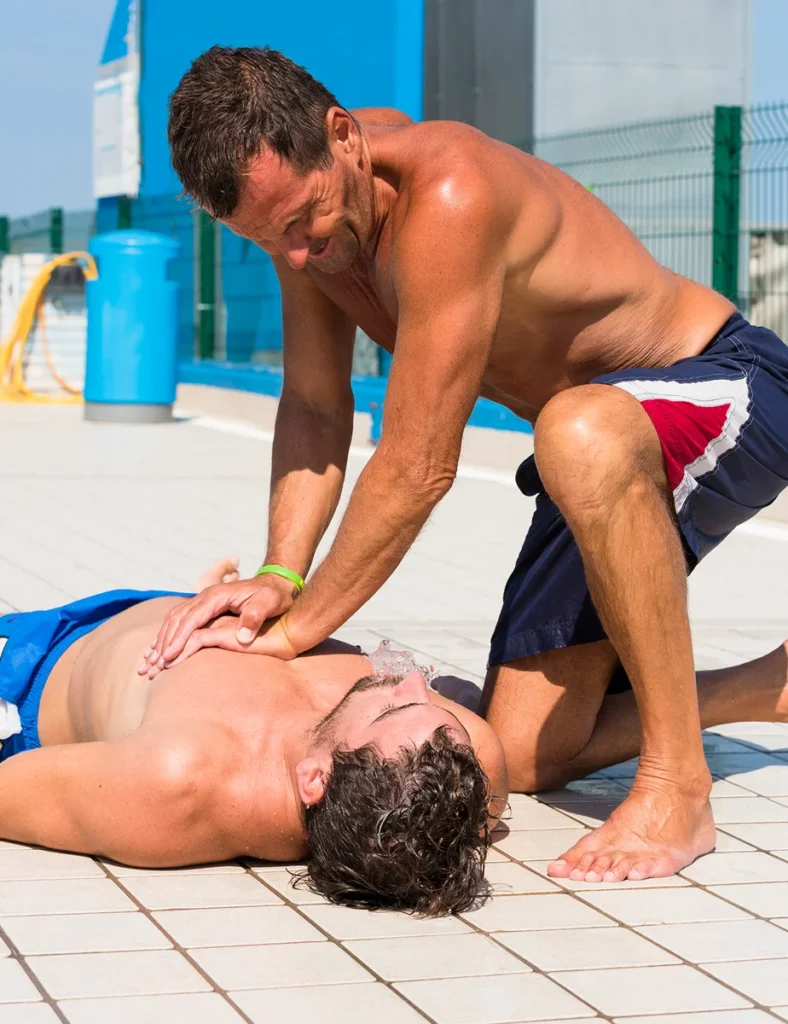
Top Resource Groups for for Survivors of Drowning Accident Wrongful Death
Losing a child or a family member to drowning is a unique and profound trauma. Please know that there are organizations that offer both compassionate support and a platform for advocacy to prevent this from happening to others.
Your family’s emotional healing is the most important journey you will undertake. However, from a legal perspective, you must act to protect yourselves. Insurance companies and property owners may have representatives contact you immediately. Their objective is to protect their financial interests, often by getting a recorded statement that can be used against you. Your most critical action is to refuse to speak with them. Instead, allow an experienced law firm to handle all communications and begin the vital process of preserving evidence and witness testimony, which is foundational to securing justice.
The legal authority to bring a wrongful death action, known as “standing,” is granted by state statutes. These laws primarily empower the closest surviving relatives—the spouse, children, or parents of the person who passed away. It is important to understand that this representative acts on behalf of all legal beneficiaries, ensuring that any financial recovery is distributed to support every survivor impacted by the loss.
Two critical clocks began ticking at the moment of this tragedy. The first is the legal clock, known as the statute of limitations, which gives you a fixed period—often two years—to file a lawsuit. If this deadline is missed, your claim is permanently void. The second is the evidence clock. Physical evidence like faulty drain covers, broken gate latches, and crucial surveillance video can be lost or destroyed in a matter of weeks. Furthermore, if a government entity is responsible (e.g., a public pool or beach), the deadline to provide formal notice of your claim can be incredibly short—sometimes only 90 days. Immediate action is essential to preserve your case.
Our firm’s contingency fee agreement is designed to provide you with equal access to justice, regardless of your financial situation. This arrangement means we align our interests perfectly with yours. We advance 100% of the substantial costs required to build a powerful case, including retaining the country’s foremost aquatic safety and drowning prevention experts. You will never see a bill for our time or these expenses. We are compensated only if, and when, we secure a financial settlement or verdict for your family, allowing you to have a powerhouse legal team without any upfront financial burden.
A warning sign is not a legal shield against negligence. While such signs can indicate that a person accepts the inherent risks of swimming, they do not excuse a property owner from their fundamental duty to maintain a reasonably safe environment. If the drowning was caused by a specific hazard—such as a non-compliant drain, a defective fence, or murky water that violated safety codes—the owner can, and should, be held liable. Negligence creates dangers that go far beyond the normal risks of swimming.
Legally, lifeguard negligence is a failure to meet the professional standard of care. We prove this by demonstrating a breach of their duties. This can include being distracted by a phone or conversation, failing to scan their assigned zone of coverage, being improperly positioned for surveillance, or failing to execute a rescue with the skill and speed required by their training. This breach is established through a combination of forensic analysis of any available video, testimony from eyewitnesses, and the expert opinion of aquatic safety specialists who can dissect their actions—or inaction—second by second.
A private resolution through a settlement is not just possible; it is the most probable outcome. However, the value of that settlement is determined by the insurance company’s assessment of its risk at trial. Our strategy is straightforward: prepare your case with meticulous detail from the outset, compelling the defense to offer a full and fair settlement to avoid facing a jury. Our reputation as formidable trial attorneys is your family’s greatest leverage in achieving a just
That is the single most common and heartbreaking defense we face, and our entire approach is built to systematically dismantle it with undeniable facts. We prove negligence by going far beyond the initial reports and conducting a deep, scientific investigation. We immediately dispatch a team, including leading aquatic safety experts, to the scene to analyze drain compliance with the Virginia Graeme Baker Act, measure fencing and gate hardware against state and local codes, and assess lifeguard positioning based on American Red Cross standards. We then use this evidence, combined with testimony from our network of top-tier neurologists and forensic engineers, to show a jury precisely how a specific safety failure led directly to the death. Justice in these cases means proving that a drowning was not a random tragedy, but the predictable result of a property owner’s choice to ignore their duty to provide a safe environment.
Text With Us
We'll text you!
"*" indicates required fields
By submitting, you agree to be contacted about your request & other information using automated technology. Message frequency varies. Msg & data rates may apply. Text STOP to cancel. Privacy Policy
Call Me
We'll call you!
"*" indicates required fields
By submitting, you agree to be contacted about your request & other information using automated technology. Message frequency varies. Msg & data rates may apply. Text STOP to cancel. Privacy Policy
Book A Consultation
We're ready to answer your questions!
Email Us
We're available by email!
"*" indicates required fields
By submitting, you agree to be contacted about your request & other information using automated technology. Message frequency varies. Msg & data rates may apply. Text STOP to cancel. Privacy Policy
Text With Us
We'll text you!
"*" indicates required fields
By submitting, you agree to be contacted about your request & other information using automated technology. Message frequency varies. Msg & data rates may apply. Text STOP to cancel. Privacy Policy
Call Me
We'll call you!
"*" indicates required fields
By submitting, you agree to be contacted about your request & other information using automated technology. Message frequency varies. Msg & data rates may apply. Text STOP to cancel. Privacy Policy